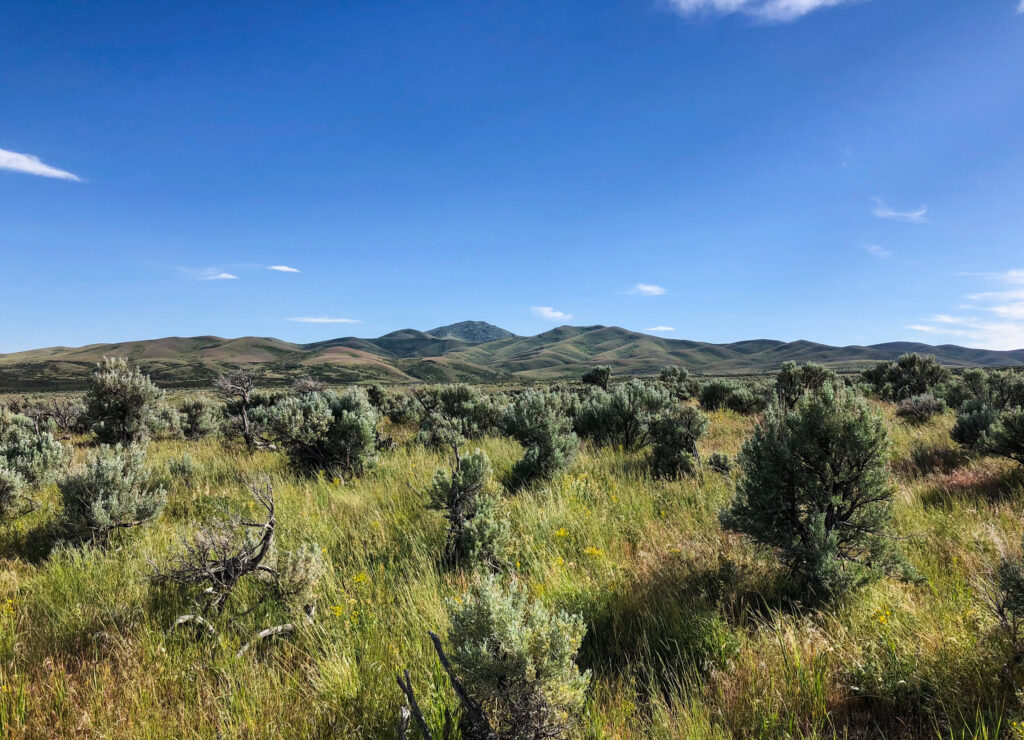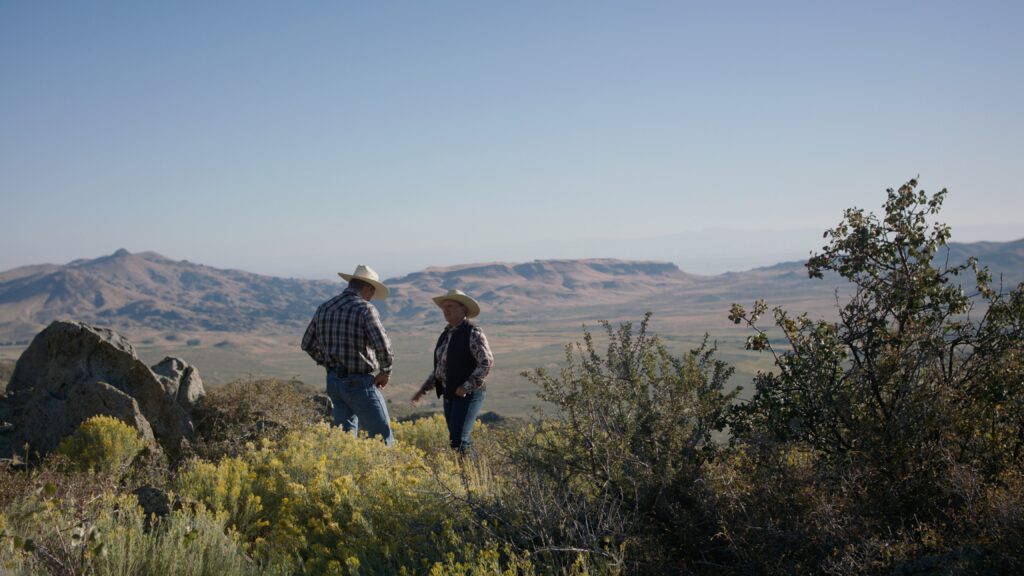For decades, cattle grazed the vegetation growing alongside Dixie Creek continuously throughout the summer. A stream that once supported Nevada’s native cutthroat trout, was reduced to a trickle in the bottom of a deep gully. In 1991, the Elko District of the Bureau of Land Management (BLM) built some fences around Dixie Creek so the livestock grazing in the area could be managed. Within just a few years, the plants that grow naturally along streams came back. After about ten years, these streamside plant communities were robust enough to attract beaver. The beaver built dams which captured and slowed stream flows, ultimately creating a landscape full of water and wildlife even during recent periods of severe drought. This film interviews stakeholders of this special place in Nevada to show how a recovered stream can benefit a wide range of interests and offer hope for a better future.
The wetland and riparian habitat formed by waterways like Dixie Creek—the “green ribbons” of sagebrush country—are hotspots of biodiversity in the mostly arid Intermountain West. The conservation practices depicted on Dixie Creek sustain these scarce water resources and are paramount to proactively conserving the sagebrush working lands in the West. Water 4, a complementary effort led by the IWJV, works to conserve these areas for agriculture, birds, wildlife, and native fish, as well as for ecosystem services like groundwater recharge and overall landscape resiliency in ways that matter to people and communities.
The IWJV, BLM and NRCS Working Lands for Wildlife supported the creation of this film.
The story of Dixie Creek’s recovery was produced by Reno based production company, Little Wild.



